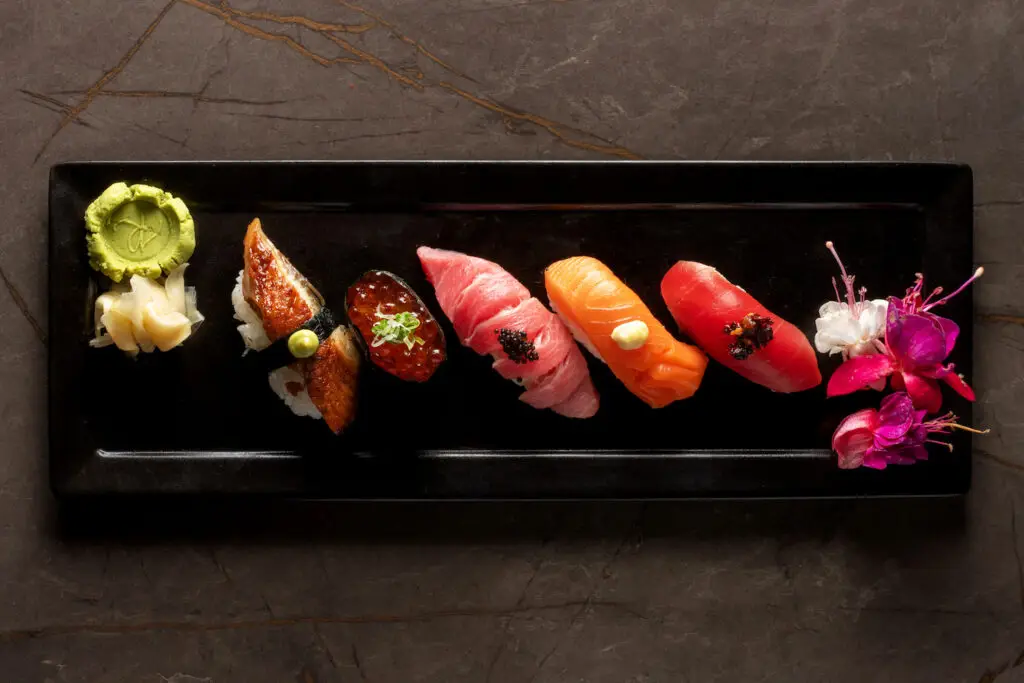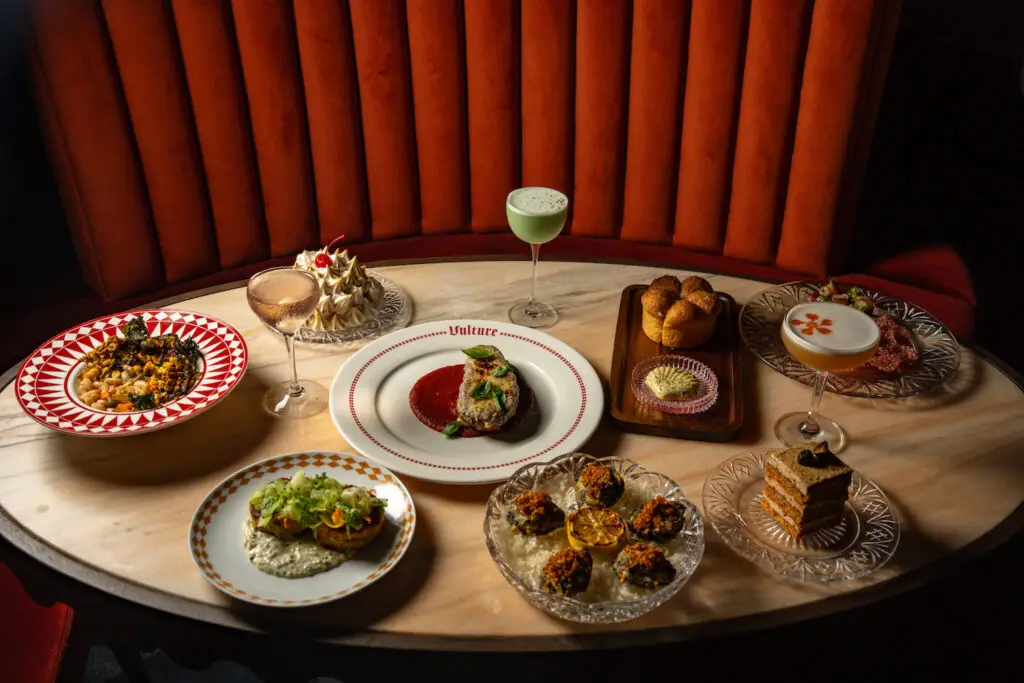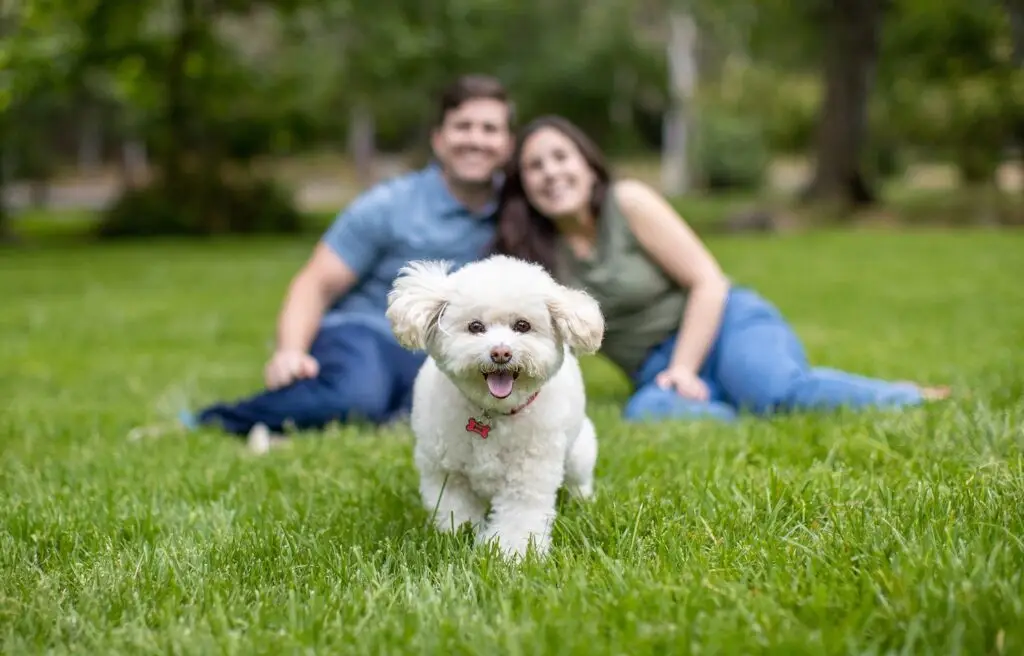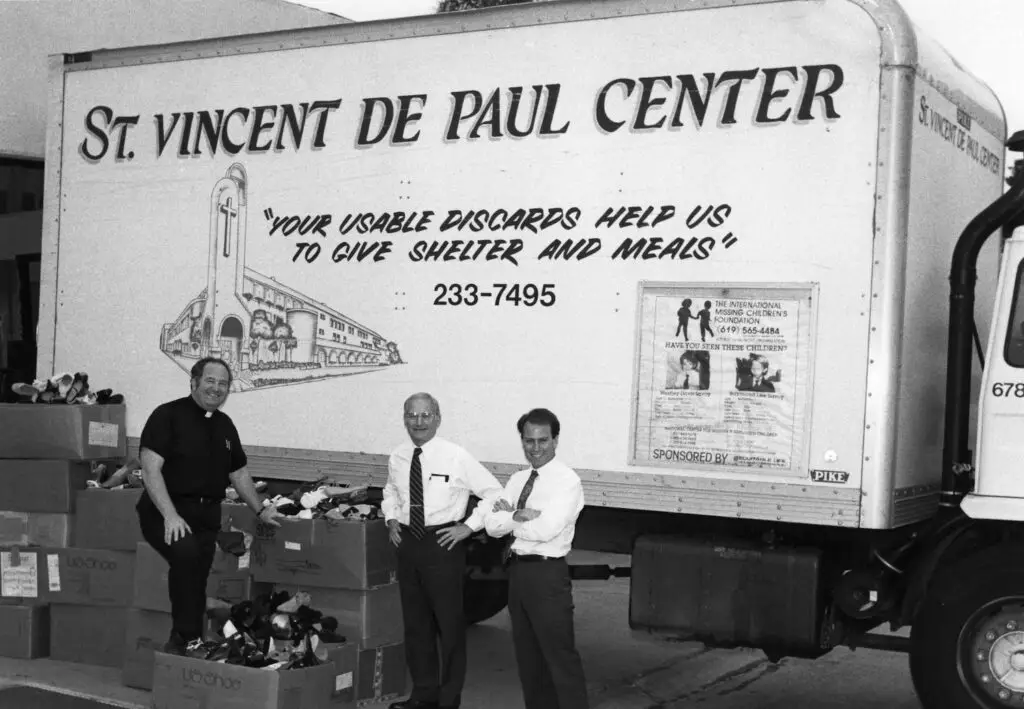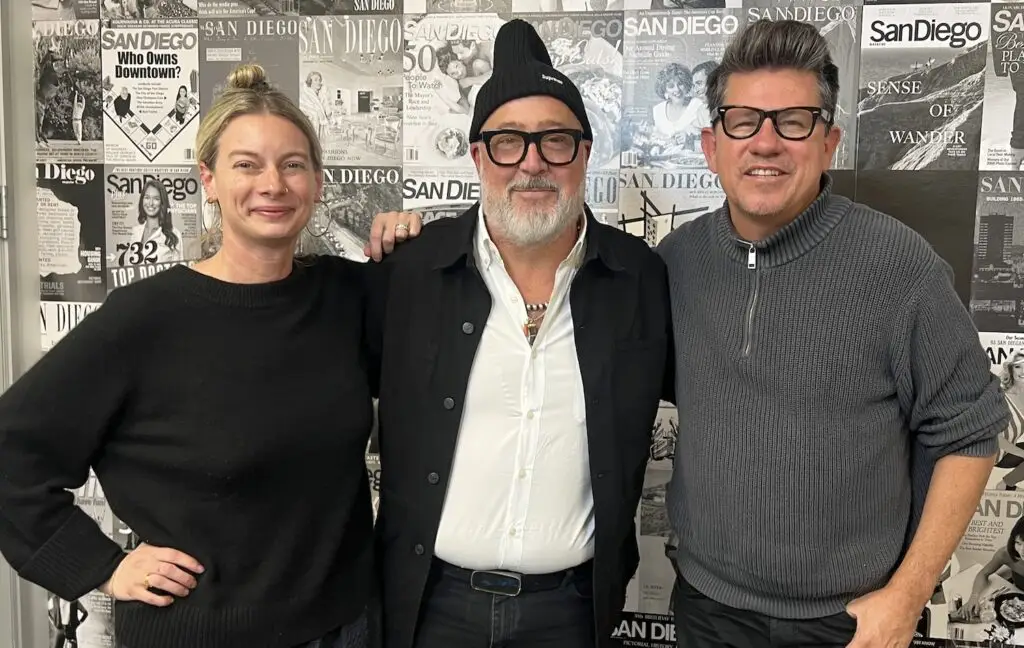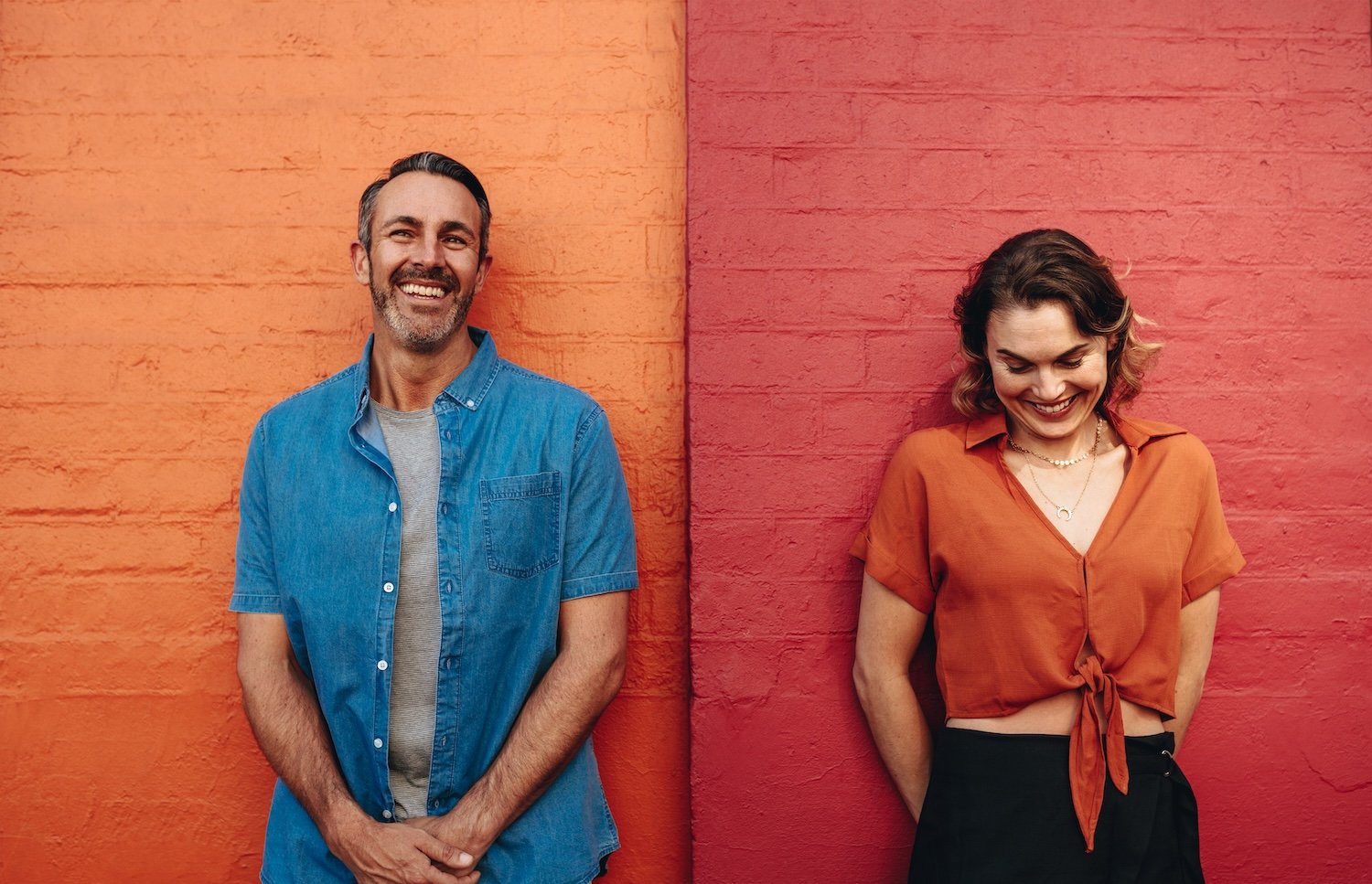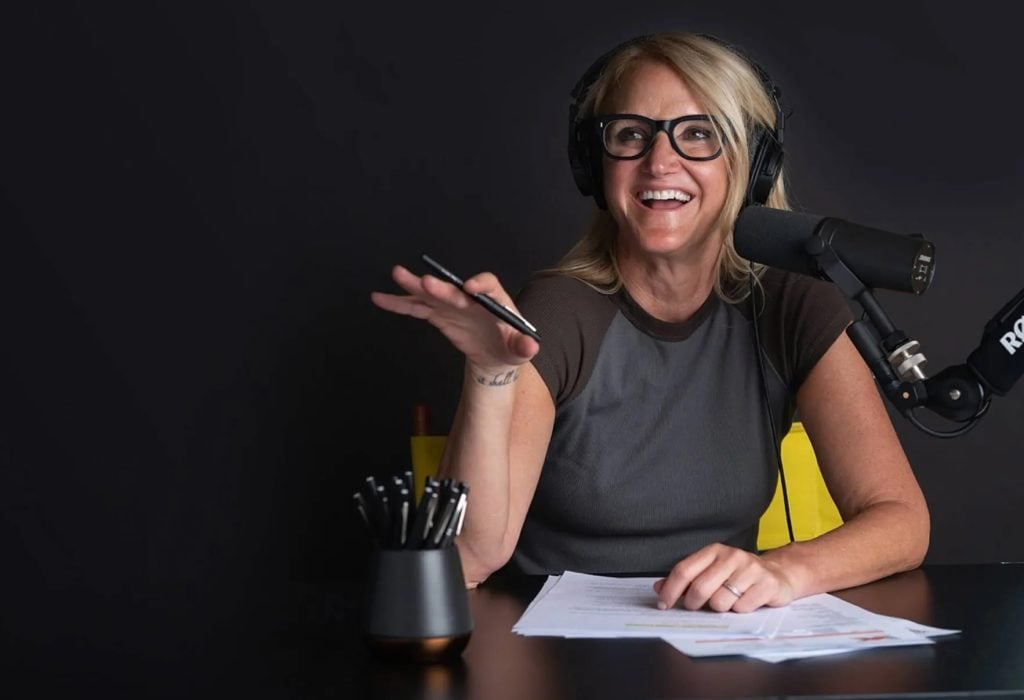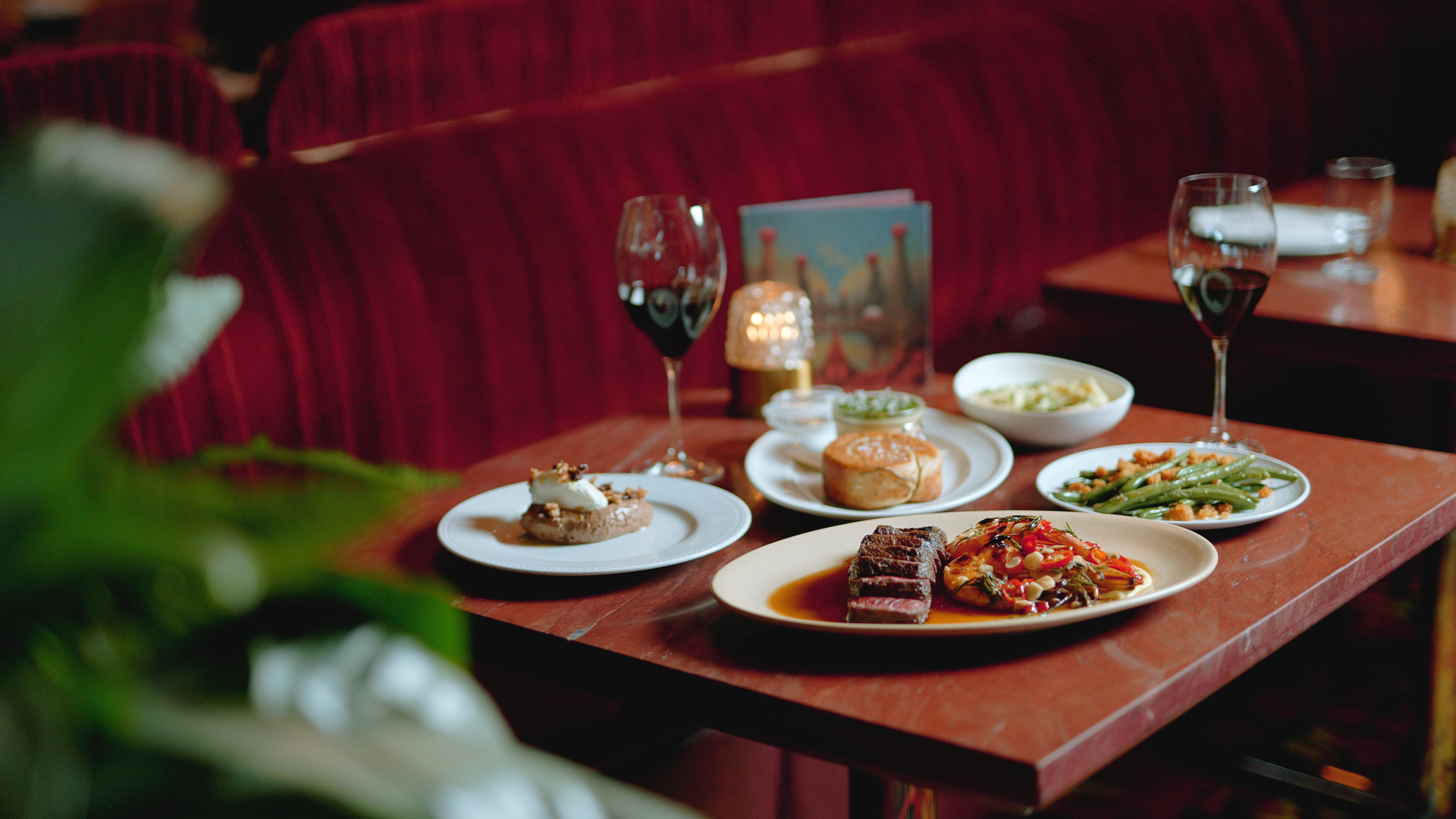One night, in the midst of an argument, my then-boyfriend began to pace throughout his apartment. We had been talking for nearly an hour before he got up, left the living room, retreated into his bedroom, and changed into his pajamas.
As I continued to try and share how his actions made me feel, he got up again to brush his teeth. He seemed to still be listening, but his only response was to ask if we could go to bed. I was confused—we hadn’t finished talking, and I was still hurt.
But he had checked out. He was too overwhelmed. So we went to sleep—or, at least, he did. I laid awake, caught in the spiral that always came with that need for space, that hard pause in the middle of a disagreement. He doesn’t love me. He’s going to leave me. I take it back. My feelings don’t matter.
In the morning, he acted as if nothing had happened, and I was left wondering if we’d ever resolve the issue. I later learned that my then-partner had what’s called a dismissive-avoidant attachment style, and I had an anxious one. It’s a common pairing in relationships—these styles tend to gravitate toward each other naturally—and one that often results in heartbreak and pain.
Without knowing it, each time there was any type of conflict or miscommunication, we had been triggering each other’s childhood wounds and unresolved, trauma-based fears.
The theory of attachment was first introduced in the 1930s by psychoanalyst John Bowlby. He later developed it further in collaboration with his colleague M.S. Ainsworth. The idea is that our early emotional bonds with our caregivers (often a birth parent) directly affect our future romantic relationships. And, unlike other models such as the Myers-Briggs personality types or the five love languages, this theory is based in science.
What Bowlby and Ainsworth found is that people fall into four main categories: secure, anxious, avoidant, and disorganized attachment. Here’s what each means:
- Secure: This is the healthiest of the four styles. Individuals with this attachment trust their partners, can easily express their feelings, and are comfortable with intimacy.
- Anxious: An individual with an anxious attachment has a strong need for intimacy and closeness but fears rejection, which can lead to codependency or clingy behaviors.
- Avoidant: Those with an avoidant attachment style struggle with expressing emotions, and they value independence to the point of avoiding deep intimacy. They are most comfortable with surface-level relationships.
- Disorganized: This is a mix of both the avoidant and anxious attachment styles and can stem from traumatic or inconsistent experiences in one’s childhood.
Each category has more specific sub-styles—anxious-ambivalent, for example, or dismissive-avoidant.
While the concept has been around for decades, a 2010 book by Dr. Amir Levine and Rachel Heller helped re-introduce its themes to the modern dater. Attached: The New Science of Attachment and How It Can Help You Find—And Keep—Love became a New York Times best-seller as people worked to understand themselves and their partners.
And when the pandemic struck, the book reemerged in popular culture as singles wondered whether they’d have to face major life changes—or the end of the world—alone. Couples struggling with isolating in place with their partners also began to search for insight as to why their relationships were falling apart.
By 2023, the hashtag #attachmentstyle had reportedly been viewed more than a billion times on TikTok, often in combination with #datingadvice and #dating. We all needed answers, and social media was happy to oblige.
@mswsteph #greenscreen #avoidantattachment #anxiousattachment #attachmenttheory ♬ original sound – Steph | Family Therapist
As I began to look back at my own relationships to try to understand my patterns, I found that I have an anxious-attachment style. Terrified of abandonment and rejection, people like me can lean toward codependency. We look to our partners for validation and emotional regulation.
If you fall into this category, it could mean that your parents were either overly coddling or detached and indifferent, were easily overwhelmed, or made you feel responsible for how they felt. In adult relationships (not only romantic), this plays out in the form of people-pleasing tendencies, difficulty trusting others, and a constant need for reassurance and affection.
On the other hand, those with an avoidant attachment style tend to see intimacy and closeness as a loss of independence. They often feel threatened by anyone wanting to be close to them, and they spend more time alone than others. Levine argues that people with an avoidant attachment style want romantic relationships but feel overwhelmed or suffocated in them, many times shutting down or pushing the person away when they start to move past casual connections.
When I started to understand my attachment style and my ex’s, everything began to make sense. With a dismissive-avoidant attachment style, he also feared vulnerability and viewed my hurt feelings as an attack on his character rather than a symptom of him not fully understanding my needs.
On the other hand, when he needed space, I saw it as a reflection of his feelings for me rather than his need to catch his breath and process the situation in his own time. The more I pushed to talk when he wasn’t ready, the more he retreated and saw my needs as codependent behaviors. I think you can see how this plays out long-term.
Eventually, we ended our relationship because I hadn’t worked on healing my attachment style and he wasn’t ready to learn more about his. For anyone stuck in a cycle of arguing without ever getting to a place where your needs are met, understanding attachment styles may be a useful tool to help you determine whether your person is right for you. It can also teach you what may or may not trigger unhealthy responses from you or your partner so you can learn to communicate with one another more effectively.
The goal, of course, is to work toward a secure attachment. This can mean building your self-esteem and learning to trust others, practicing emotional availability by understanding how to show up for your partner when they’re hurt, or working on self-soothing techniques to regulate your emotions. There are plenty of resources out there to begin this type of work, including Levine and Heller’s book.
Personally, knowing this about myself is helping me navigate why I might feel rejected or misunderstood by the people in my life at times. Instead of reacting based on my hurt or immediately catastrophizing, I can take the opportunity to check the facts of the situation, determine whether I’m projecting my own insecurities on another person, and challenge the negative thoughts I have about myself in the moment.
I’m also discussing this topic with my therapist as I learn to set healthy boundaries with others and myself. It’s exciting to think about all the ways doing “the work” can help create healthier relationships in the future.
If you’re new to Unhinged, catch up on all the dating chats you’ve missed here and follow along at @monicles and @sandiegomag on Instagram to know when a new article drops each week.
PARTNER CONTENT
Sign-up now for the Unhinged newsletter for exclusive content, Q&As with Nicolle, and subscriber-only meet-ups!
